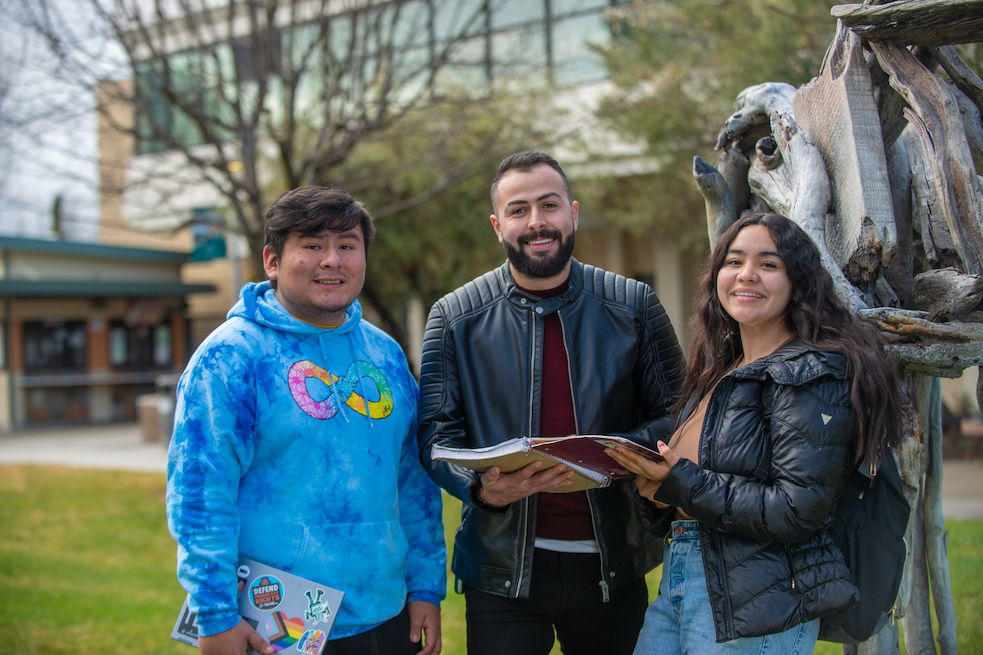Empowering Undocumented Students to Achieve Their Potential
The Undocumented Community Center (UCC) is a dedicated safe space for undocumented students, students from mixed status families, and allies. The UCC can assist with issues including AB540 admissions, DACA and the California Dream Act. The Center also provides information and resources on scholarships, clubs, immigration services, food pantry and community resources.
Apply to Cañada College
Quick Links

How Can We Help?
- Computer and free printing access
- Study space with snacks
- Assistance with matriculation, including AB 540, DREAM Act, scholarships & more
- Free legal services
- DACA renewal fee
- Referrals to: campus and community services & other resources
Read more about SMCCD resources for our Undocumented Community (view page in Spanish).
